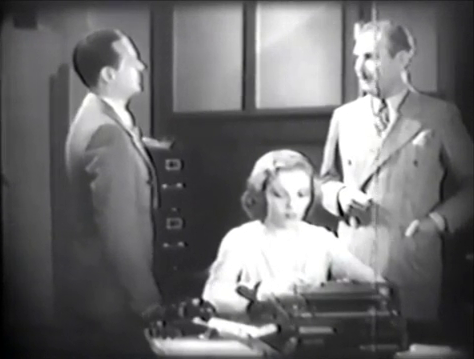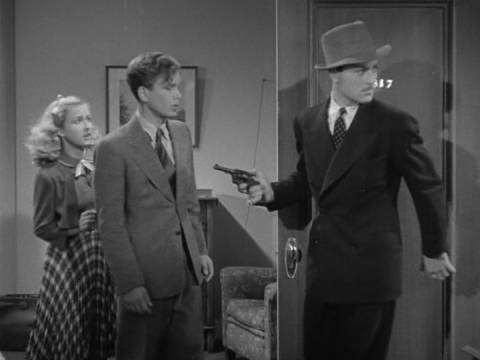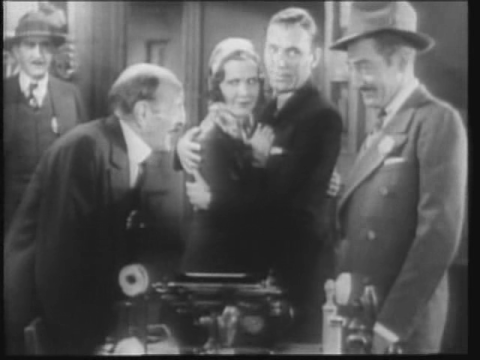I have previously written about a number of serials. Looking at those earlier reviews, one might easily get the impression that serials were mostly a sound film phenomenon. Ah, but nothing could be further from the truth.
It has proven difficult to find reliable facts about silent serials, but the first ones seem to have appeared as early as the first decade of the 20th Century. By 1915, production was in full swing, on both sides of the Atlantic, and before the era came to an end around 1930, hundreds of silent serials had been made. I am guessing that many are incomplete or lost today, but many others survive, and the best are quite up to the standards of the so-called “Golden Age” serials of the 1930s and 1940s. They were not yet as clichéd and predictable as the later serials usually were, and quite often they created the elements that were later to become cliché.
The French serial Les Vampires (episodes 1, 2, 3, 4, 5, 6, 7, 8, 9, 10) is often considered to be among the best of those early ones, and indeed some claim that it is one of the best serials of all time. It tells the story of how newspaper reporter Philippe Guérande tries to thwart a group of criminals who terrorize Paris. In spite of the title, Les Vampires has nothing to do with any vampires. It was simply the name that this gang of criminals used for themselves.
The plot, meandering in various directions, is a bit too complex to summarize here, but it is impossible to review this serial and not mention the character Irma Vep (note the anagram), who makes her first appearance in Episode 3. Vep is a close associate to the leader of The Vampires. She is totally unscrupulous and a master of disguise, and for the rest of the serial, she remains the main antagonist. Irma Vep has certainly been one of the strongest cultural footprints of Les Vampires. She remains a popular character and icon among silent movie fans.
According to Wikipedia, Les Vampires was made “quickly and inexpensively with very little written script.” Well, that shows, and the plot seems pretty random and incoherent at times. I know that some people have a problem with that, but I do not find that it detracts from my enjoyment. There is so much to like about this serial that some small rough spots are easily overlooked. Besides, modern Hollywood scripts are not always too coherent either.
This serial is best enjoyed because of the huge influence it has had on later crime cinema. Among the film makers said to be strongly inspired by it are such giants as Fritz Lang and Alfred Hitchcock. There are good reasons why this particular serial became so influential. Watch it and find out for yourself!
Les Vampires
Download links: 1 | 2 | 3 | 4 | 5 | 6 | 7 | 8 | 9 | 10
Year: 1915–16
Running time: 6 h 40 min
Language: English
Director: Louis Feuillade
Stars: Édouard Mathé, Musidora
Image quality: Acceptable
Resolution: Low (352×288)
Sound quality: Good
Best file format: Cinepack











